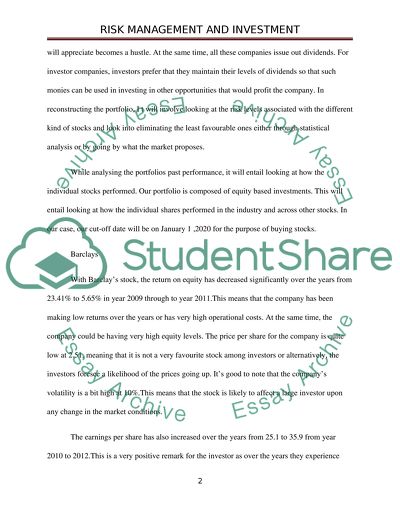Cite this document
(“Finance Essay on risk management and investment”, n.d.)
Retrieved from https://studentshare.org/finance-accounting/1397134-investment-portfolio-hedge-fund
Retrieved from https://studentshare.org/finance-accounting/1397134-investment-portfolio-hedge-fund
(Finance Essay on Risk Management and Investment)
https://studentshare.org/finance-accounting/1397134-investment-portfolio-hedge-fund.
https://studentshare.org/finance-accounting/1397134-investment-portfolio-hedge-fund.
“Finance Essay on Risk Management and Investment”, n.d. https://studentshare.org/finance-accounting/1397134-investment-portfolio-hedge-fund.


